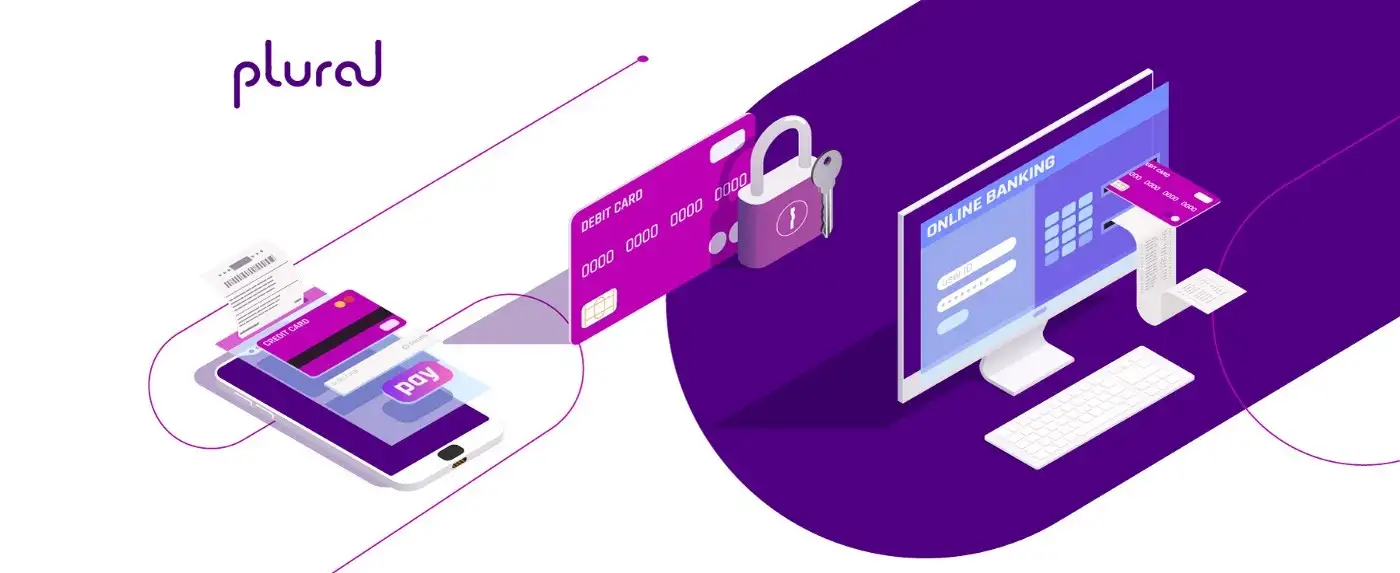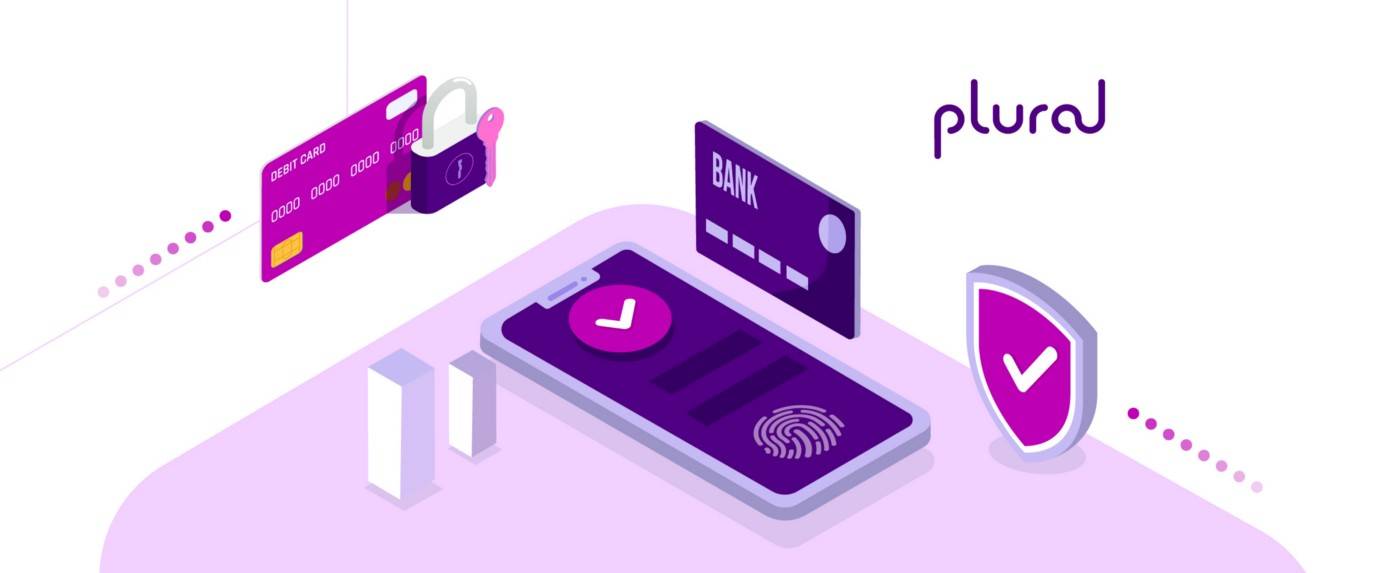The last blog post on demystifying payments terminology covered how card payments work, different entities in a payment ecosystem, and messaging/security protocols. This blog covers terminologies around important payment processes, payment modes, and accounts.
Banking Processes
Settlements
Settlement is a process through which the balance of funds is settled between the buyer and seller or a payer and payee. Example — When you purchase goods at an eCommerce website, even though money is debited from your account instantly, the business doesn’t get the credit into its account instantly. Cumulative funds resulting from all the transactions in a given day are first transferred to a nodal account and then settled to the business’s account on T+1.
There are two types of settlements.
- Net settlement systems: Aggregate the net of all transactions in a given period and then settle the balance
- Gross settlement systems: Settle funds on a one to one basis and is more real-time
Reconciliation
Reconciliation is the process of comparing your statement or funds received from the bank with your bookkeeping or transaction records. Businesses need to do this daily to make sure there are no discrepancies and, in case there are, to report the same to the necessary entities and fix them.
Chargeback
If a cardholder finds an unrecognized transaction in their bank statement, they can file a claim against this transaction with their issuing bank. The issuing bank then traces the transaction and forwards it to the business’s bank. The business’s bank raises it with the payment aggregator or directly with the business in a direct integration. The business now needs to show proof of goods delivery (known as a representment); if they can, then the claim is voided; otherwise, the business is debited the transaction amount, and the customer gets back their money.
Underwriting
Whenever an institution issues new credit to its customer or facilitates a transaction that can expose them to any financial risk, they charge a fee to the customer for the financial risk. This process of taking on financial risk for a fee is known as underwriting. The risk could be related to offering a loan, public market investments, or insurance. The entity which is taking on the risk is known as the underwriter. Example — When you take a home loan from your bank, the bank is the underwriter, and the process of giving you a loan for a fee is underwriting.
Payment Modes
Card Present
A transaction where a cardholder can physically show the card to the business during the payment is called a Card Present Transaction — for example — Payment at any offline store.
Card not present
A transaction where a cardholder cannot physically show the card to the business during the payment is called a Card Not Present Transaction: example — Payment at any e-commerce business.
Payment Links
Payment links are a product that can be used by a business that doesn’t own a website but still wants to accept online payments. When the customer buys their product, the business can share a payment link via SMS and email. The customer can click on the payment, be redirected to a checkout page, and complete the transaction.
Payment Pages
Similar to the payment links use case, a business can add more details of the service or product it is delivering here. Eg — If a non-profit organisation wants to set up a donation page to collect payments for a cause, it can create a payment page explaining the details of the cause and accept payment on the page itself using multiple payment instruments like UPI, Cards, Netbanking, etc.
ACH
ACH stands for Automated clearinghouse used for a bank to bank transfer repetitive transactions like payroll, dividends, insurance premiums, etc. The transactions are done on the ACH network, not on card networks, and are less expensive. There are two types of transactions of ACH debit and ACH credit. First, institutions use ACH credit to credit payroll, dividends, etc., in bulk to multiple customer accounts, and ACH debit is used to debit mutual fund SIPs, insurance premiums, etc., in bulk from customer accounts.
ECS
ECS stands for the electronic clearinghouse and is ACH for India.
Mandate
Mandate means giving someone authority to act. In the case of payments, a mandate is used to execute recurring payments use cases. For example, when the customer is purchasing a recurring service, a mandate (for online, called e-mandate) is registered, which gives the business the option to deduct the fees over later periods.
Mandates can be of various types:
- Fixed amount, fixed frequency: Example — Recurring payments for OTT subscription
- Fixed amount, variable frequency: Example — Auto Topup instructions on any wallet, FastTag, etc.
- Variable amount, Fixed frequency: Example — Autopay instructions for credit card
Standing Instruction
Standing instruction is the mandate solution for recurring payments specifically for cards (credit card and debit cards), known popularly as standard instruction on cards.
NFC Payment
NFC stands for Near field communication. It’s a communication protocol using which data can be transferred securely between two electronic devices which are close to each other (around 1 inch). One use case is accepting payments where a business can accept payment using an NFC enabled POS terminal, and the customer can tap their NFC enabled mobile phone to make payments. For example, in a few countries, Apple Pay and Google Pay work on NFC-based payments.
Payment Instruments
Card Payments
This is one of the most popular forms of accepting payments. There are two types of cards, credit cards, and debit cards, issued by an issuing bank in partnership with a card network. The popular card networks are Visa (60% market share), Mastercard (25% market share), and the remaining split between Amex, Diners Club, Rupay, etc.
A credit/debit card has many unique details that help identify the bank’s existing bank account and assess the card’s validity. Some of the terms used concerning cards are:
- BIN: Bank Identification Number: The initial six digits of the card help identify who is the issuing bank of the card at the time of transaction
- Expiry: Every card comes with an expiry in MM/YY format. This value is checked at the transaction time to make sure the card is not expired.
- CVV: Three digit/4 digit Security code is present on the card (usually at the back of the card). This was used as a security code to be entered for the card, not present transactions.
- Card Number: The 16 digit card number found on credit/debit cards.
- Luhn’s Algorithm: This is a checksum algorithm, which popular identification numbers like card numbers product serial numbers follow. When you enter a card number, the checkout page does a quick Luhn algorithm check to see if what you have entered is following it or not.
Netbanking
Users use net banking to pay for online payments. This user needs to log in to their net banking portal during the transaction and authorize the payment.
Wallet
Fintech companies have their wallets, which act like a closed-loop wallet, meaning you can use the balance in your wallet on specific business transactions. But these days, you can link your wallets to almost any business site, making this transaction near interoperable. (Example Paytm Wallet, Amazon wallet, etc.)
EMI
EMI stands for equated monthly installments. Using this option, the consumer can break the overall payment into multiple payments (installments) along with a fee (interest rate) for the convenience of not paying the overall amount in one go but using the product/service immediately. EMI used to always be linked to loan payments EMI; later on, you could purchase vehicles on EMI too. These days you can purchase almost anything using an EMI, with many fintech companies providing the tech to run an EMI payment online. EMIs are of three types.
- Standard EMI: The interest is completely borne by the customer
- Low-cost EMI: The interest is partially borne by the customer and partially by the business, brand, or bank
- No cost EMI: The interest is completely borne by the business, brand, or bank and the customer has to pay only the cost of the product.
UPI
UPI stands for Unified Payment Interface. This is one of the most seamless payment solutions in the world developed by NPCI (National Payments Corporation of India). Before UPI, if you had to pay a friend, you had to either pay on a closed-loop wallet like Paytm or make a bank transfer, which was too cumbersome, had a fee, and was delayed. With UPI, you can just use their phone number or UPI Id to make a payment instantly without any fees. This has significantly boosted the adoption of digital payments in India and has enabled people, especially those who don’t have a credit/debit card to make/accept payments easily. The maximum you can transfer using UPI on a given day is INR 1 lakh.
NEFT
NEFT stands for National Electronic Funds Transfer. This was one of the first payment mechanisms introduced by RBI to enable money transfer from one bank account to another. This is not a real-time transfer mode, but the settlements are done in half-hour batches throughout the day. There is no max limit of transfer for a day.
RTGS
RTGS stands for Real-Time Gross Settlement. This is another payment mechanism introduced by RBI to enable bank transfers above INR 2 lakhs. The settlement is done in real-time and on a one-to-one basis. There is no maximum limit of the transfer amount.
IMPS
IMPS stands for Immediate Mobile Payment Services. This is another real-time instant payment system developed by NPCI. There is a maximum transfer limit of INR 2 lakhs per day.
BNPL
BNPL, short for Buy now pay later, has been gaining popularity over the recent years. According to market branding, any payment solution which enables the user to not pay the full amount at the time of purchase comes under BNPL. Mainly there are two types of BNPL solutions.
- Pay full lumpsum amount after, 15/30/45/90 days. Payment after this period will get a late fee.
- Pay in parts for 3/6/9 months with a certain interest component This is also known as EMI payments.
Accounts
Nodal account
Intermediaries use a nodal account to hold payments collected from the customer. For example, in an eCommerce website, the payment aggregator collects all the customer payments into a nodal account and then settles the net funds after the agreed period into the bank account of the e-commerce business d The nodal account is a non-interest-bearing account and is audited by the regulator.
Escrow account
An escrow account is used to store payment as a third party to make sure the seller and buyer complete the transaction as expected. This is done in low-trust scenarios where the seller and buyer don’t know each other, and there is a need to safeguard the buyer. Only when the seller completes the delivery of goods or services the amount is transferred from the escrow account to the seller’s bank account
Current account
A current account is used by a business that has a high volume of transactions. Such an account has a low-interest rate compared to a savings account since the amount in this account is highly liquid.
Savings account
A savings account is used by consumers generally where they get interest at a certain rate keeping the money with the bank.

Amrita Konaiagari is a Marketing Manager at Plural by Pine Labs and Editor of the Plural blog. She has over 10 years of marketing experience across Media & Tech industries and holds a Master’s degree in Communication and Journalism. She has a passion for home décor and is most definitely a dog person.


